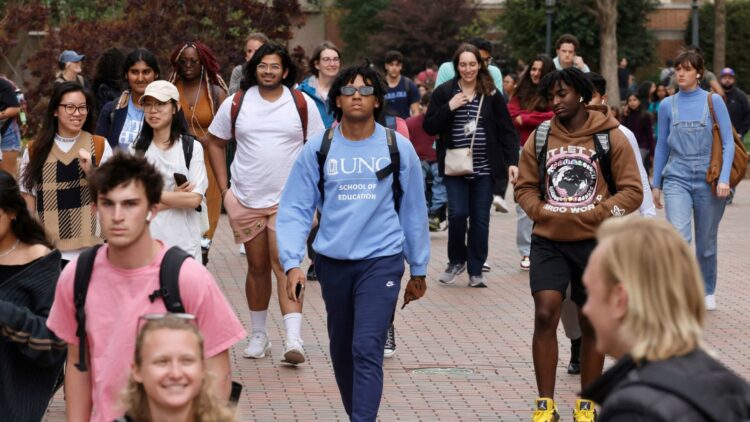The surge in student enrollment across many universities has become a prevalent trend, necessitating substantial infrastructural changes. Among these changes, the demand for student accommodation has witnessed a sharp rise, urging universities to add more student residences to their campuses. Universities, acting as centers of learning and cultural centers, are working hard to ensure they provide adequate, safe, and conducive living conditions for their diverse student populace.
Page Contents
1. Understanding the Rising Demand

Source: leverageedu.com
Over the past decade, the influx of students seeking higher education has soared. With students pursuing undergraduate and postgraduate programs, often from different parts of the world, the demand for on-campus housing has grown exponentially. Some students, engrossed in their academic pursuits, might even buy dissertation online to focus on research or part-time jobs. This, in turn, implies that they rely heavily on the campus’s amenities, with accommodation being a primary concern.
Campus housing often offers additional security measures, including surveillance cameras, secure entry points, and on-site security personnel. For many parents sending their children to study in a foreign country or even just away from home, these features offer peace of mind. They believe that on-campus accommodations minimize the risks associated with living in unknown city areas, especially for first-year students unfamiliar with their surroundings.
2. Site Selection and Planning
Strategic Location: The location of a student residence can greatly influence its appeal. Proximity to academic blocks, libraries, and research centers minimizes transit time, allowing students more time for studies, rest, or extracurricular activities. It’s not just about convenience but also about ensuring that students can safely commute, even late at night.
Room Preferences: Each student has unique living preferences. Some value privacy, opting for single rooms or studio apartments, while others prefer shared accommodations for companionship and cost-saving. Recognizing these preferences is crucial during the planning phase to cater to diverse student needs.
Amenities: Modern students look for more than just a bed and a study desk. High-speed WiFi, laundry facilities, communal kitchens, gyms, and recreational areas have become standard expectations. These amenities not only ensure comfort but also contribute to students’ overall well-being. Many universities understand this and are taking these into consideration when planning student housing.
3. Environmental Considerations

Source: king-stage.com
Sustainable Designs: Universities, as leading institutions, often set examples for the broader community. Incorporating green designs, such as green roofs, rainwater harvesting systems, and energy-efficient appliances, demonstrates a commitment to the environment.
Renewable Energy: With advancements in solar and wind energy technologies, universities have the resources to integrate these into new constructions, reducing dependency on non-renewable sources.
Waste Management: Effective waste management systems, including robust recycling and composting programs, ensure minimal environmental impact, teaching students the importance of waste reduction.
4. Financing the Construction
Diverse Funding Sources: Depending solely on a single funding source can be risky. Universities, recognizing this, often diversify their funding strategies. From partnering with private firms to issuing bonds or tapping into alumni networks for donations, multiple avenues are explored.
Tuition and Fee Adjustments: While raising fees is a sensitive topic, universities must transparently communicate the enhancements and benefits students would receive in return. This transparency builds trust and ensures students and parents see the value in their investments. Some universities hold forums with students to discuss this issue to ensure all stakeholders are involved.
5. Technology Integration

Source: cnbc.com
Smart Rooms: The modern student’s room is no longer just a living space. With voice-controlled assistants, mood lighting, and even automated curtains, it’s a hub of technology. Such features not only provide convenience but also contribute to energy conservation through efficient controls. Additionally, biometric entries, surveillance systems, and alert mechanisms ensure student safety without compromising their privacy.
Reliable Connectivity: With the proliferation of online courses, webinars, and digital assignments, uninterrupted internet has become a staple. Universities ensure robust internet infrastructure, recognizing its pivotal role in modern education.
As the global educational landscape continues to change, universities find themselves at the forefront of this evolution. The rise in student numbers is a testament to the growing importance of higher education. Still, with this growth comes the responsibility of providing appropriate housing facilities. By adding new residences, universities are not just offering a place to sleep; they are fostering communities, enhancing the student experience, and ensuring they continue to attract talent from all over the world





